
The Central Park Softball Leagues: The Untold Story That Needs to Be Told
CHAPTER 1 of A BLOG SERIES BY ALEC RILL
New York City’s Central Park was conceived nearly two centuries ago as a public urban space for wealthy New Yorkers. Americans were eager to show Europeans that they, too, appreciated cultural refinement. A good way to show it was to imitate the fancy parks of Europe, where the rich could be seen in their fancy carriages. When construction of the park began in 1857, thousands of squatters, mostly Black residents, were evacuated to build it.

Years after completion, the park clearly remained one for the wealthy. Women socialized in the afternoons and on weekends, riding luxurious carriages that were the status symbol of the day.

Transportation costs and a grueling six-day workweek precluded the working class from going all the way uptown to the park, so ordinary workers were a small fraction of the visitors. In the late nineteenth century, however, the park launched various changes that contributed to it becoming the egalitarian oasis we know today.

For instance, the city started building playgrounds, which were used mostly by children of working-class parents. By the 1940s there were over 20 playgrounds in the park.
As the park became less elitist, it was shaped by the needs of the growing population of New York City. Ball clubs were allowed to play, and signs commanding people to “Keep Off the Grass” began to disappear.

Baseball and softball games were played in Central Park and other parks in New York City, and by the early 1900s over a dozen ballparks dotted city fields. But it took another two decades or so, when recreation became a top priority for park developers, that the games were embraced by the general population and the park became the democratic park we know today. The rich kept coming, but now they shared the park with the working class.

There were leagues for specific groups, such as the Restaurant League (where waiters, cooks, and anyone else associated with restaurants in NYC played), the Broadway League (where Broadway actors played), and the Women’s League.
Today, the park hosts baseball and softball leagues at all levels, and anyone can play.
The various leagues represent the utopian and egalitarian society we all want. Everyone is the same when they play—they are one happy family that gets together every summer regardless of socioeconomic status, race, country-of-origin, gender, sexual orientation, and politics. They scream and shout and disagree on rules of the game and umpire calls; they fight, but ultimately they hug and kiss and make nice for the next game.
I’ve watched the games and have taken photos for the past few years. This blog shows the players, their families, the spectators, the next generation—and hopefully it shows what I’ve seen: an idyllic society where everyone wins and happiness is in the air.



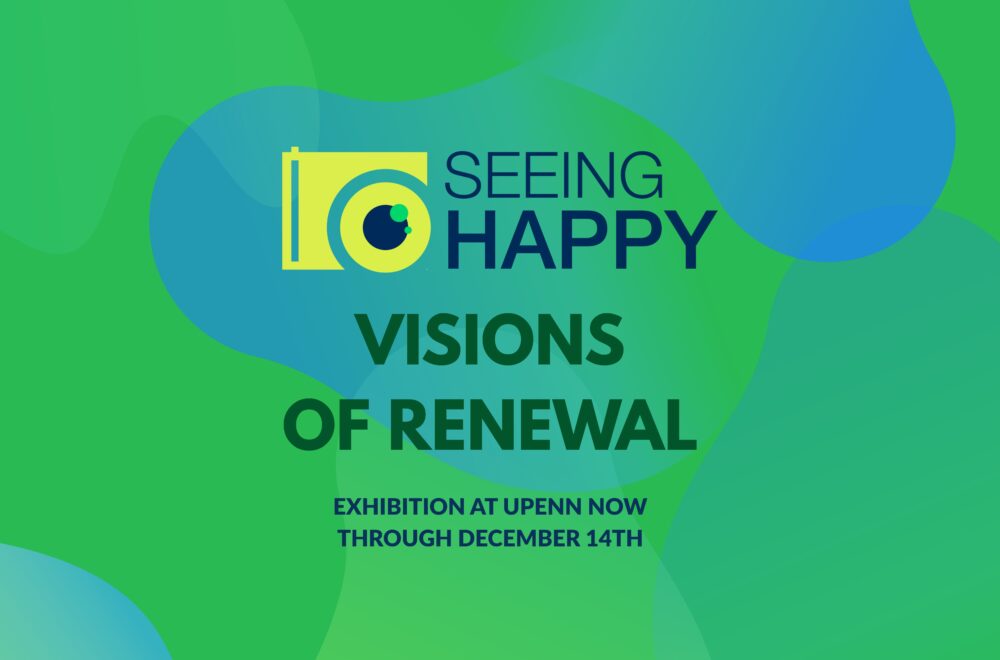
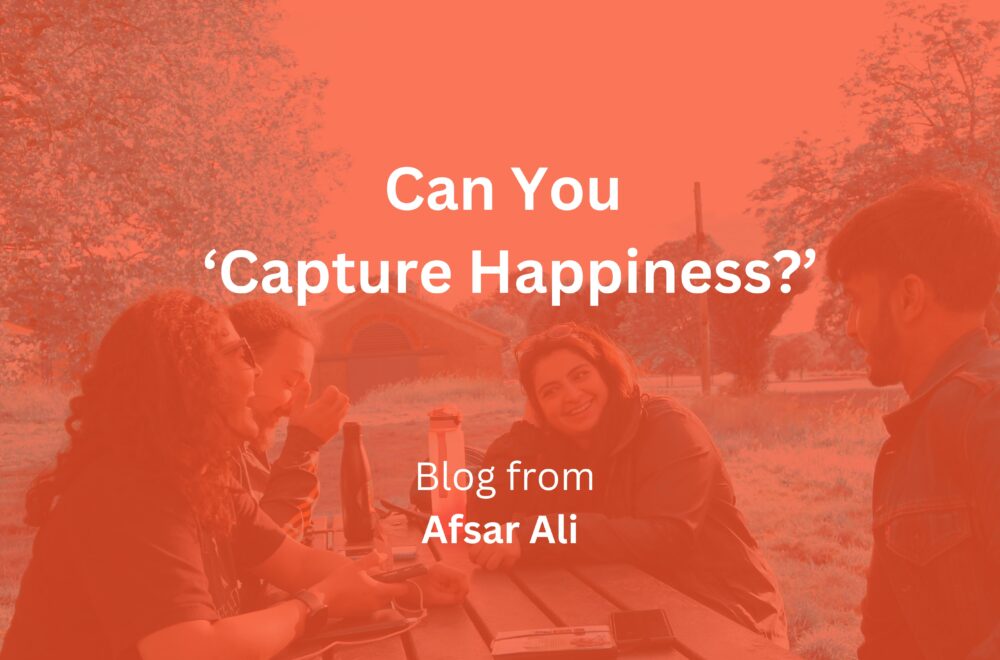

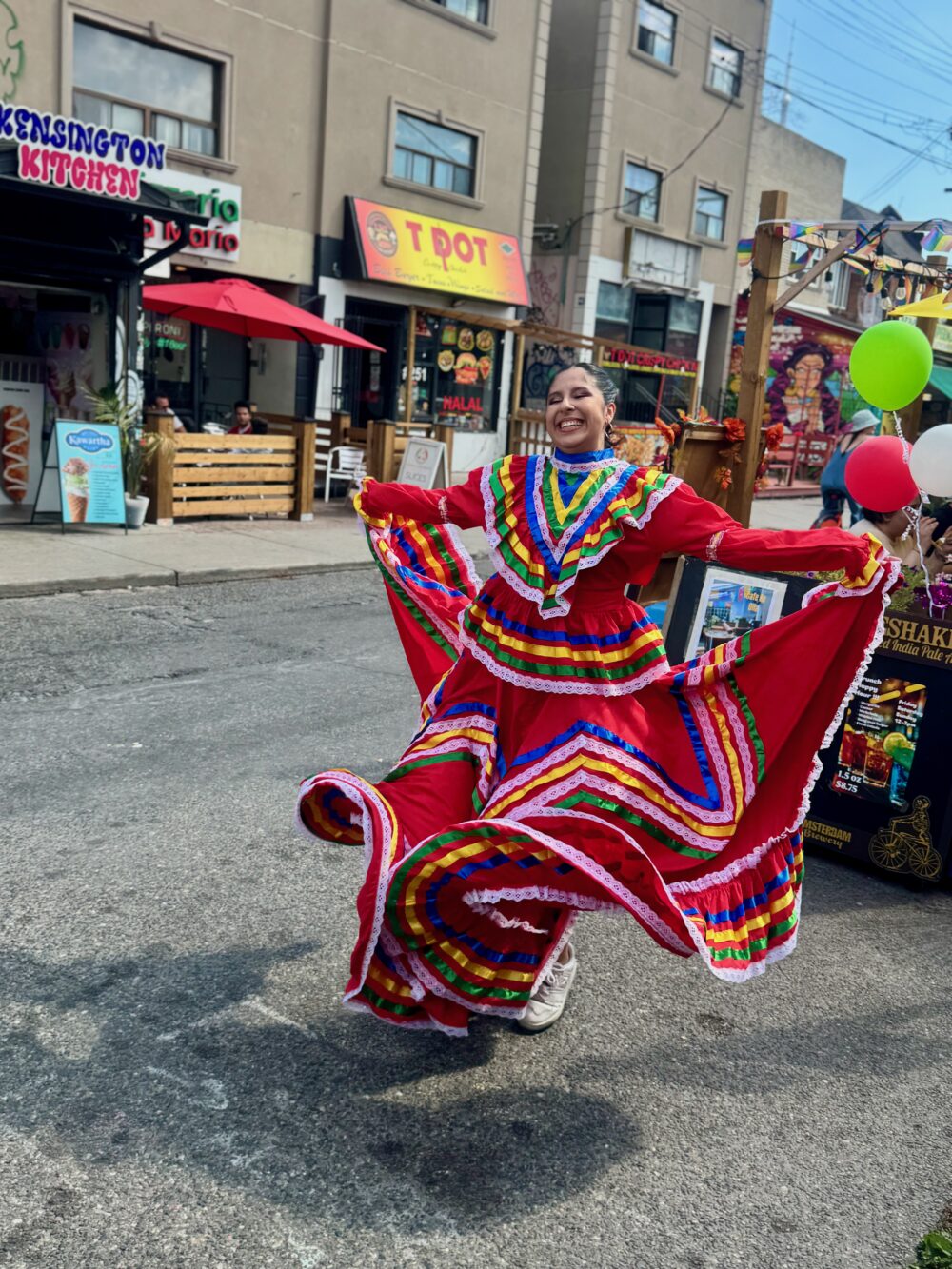

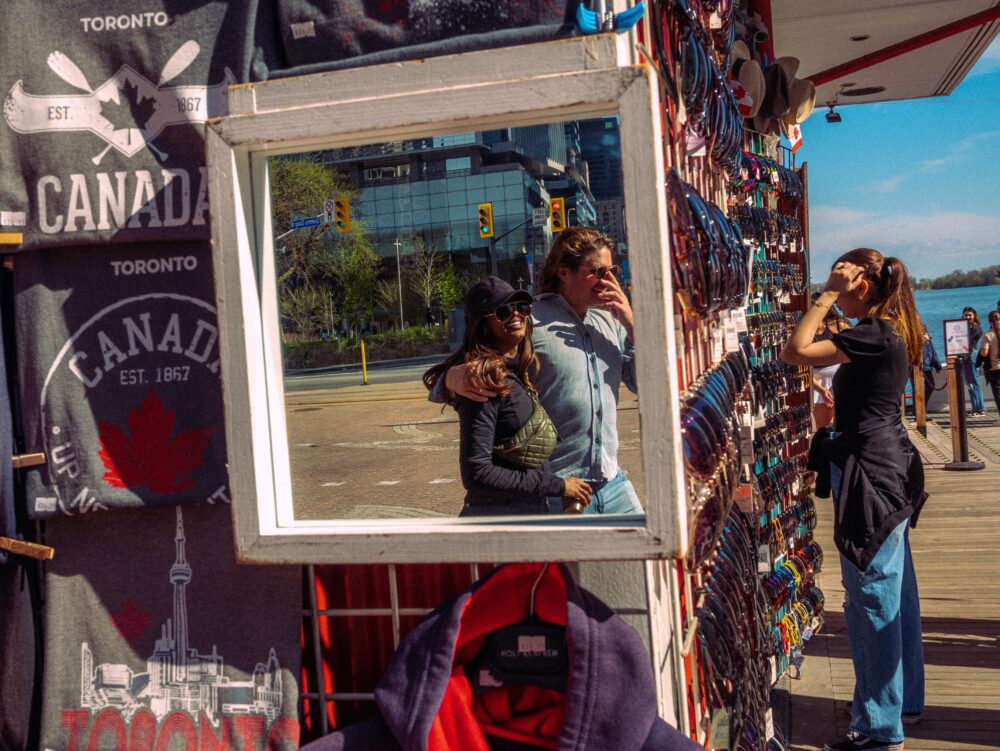

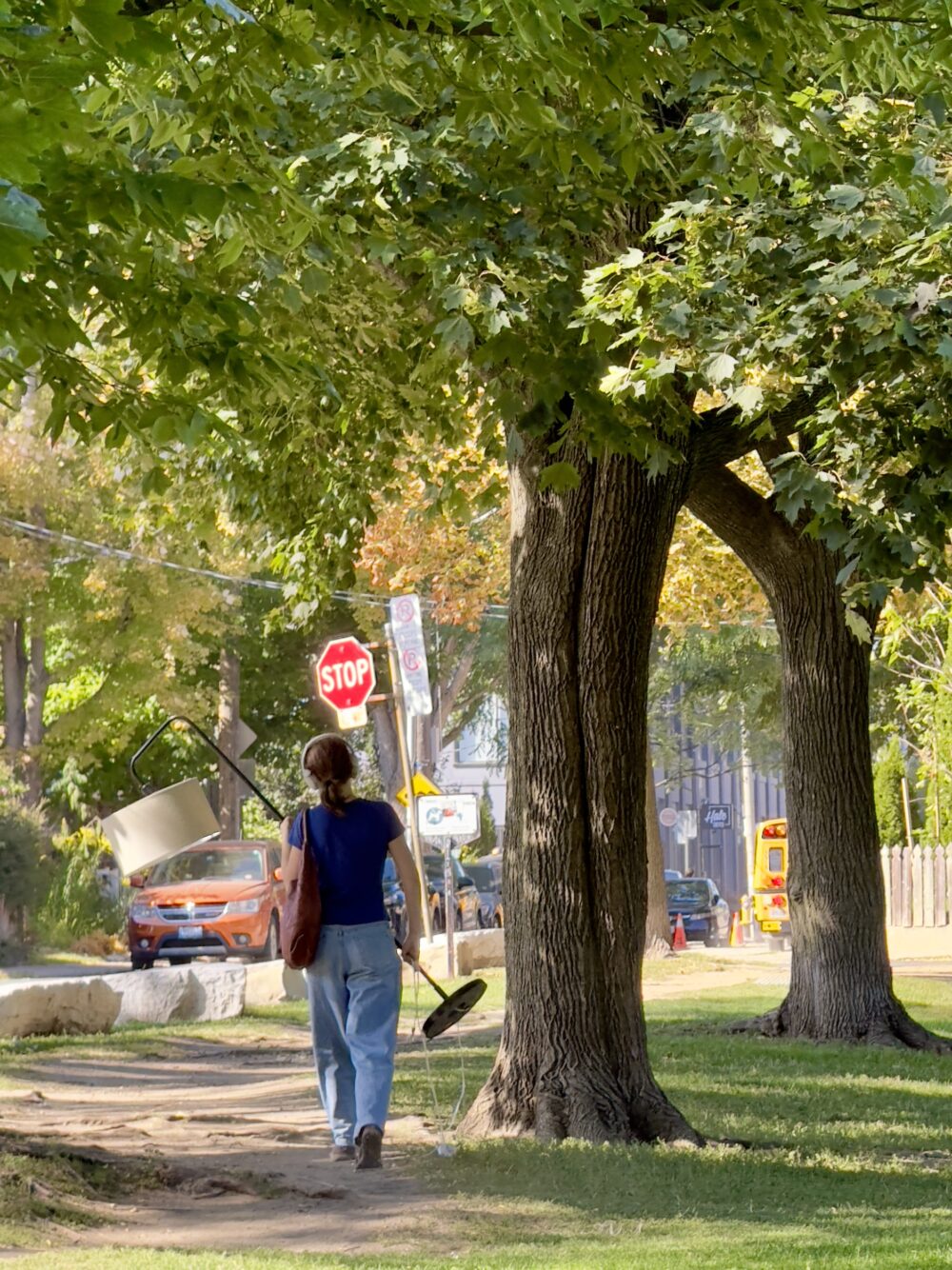


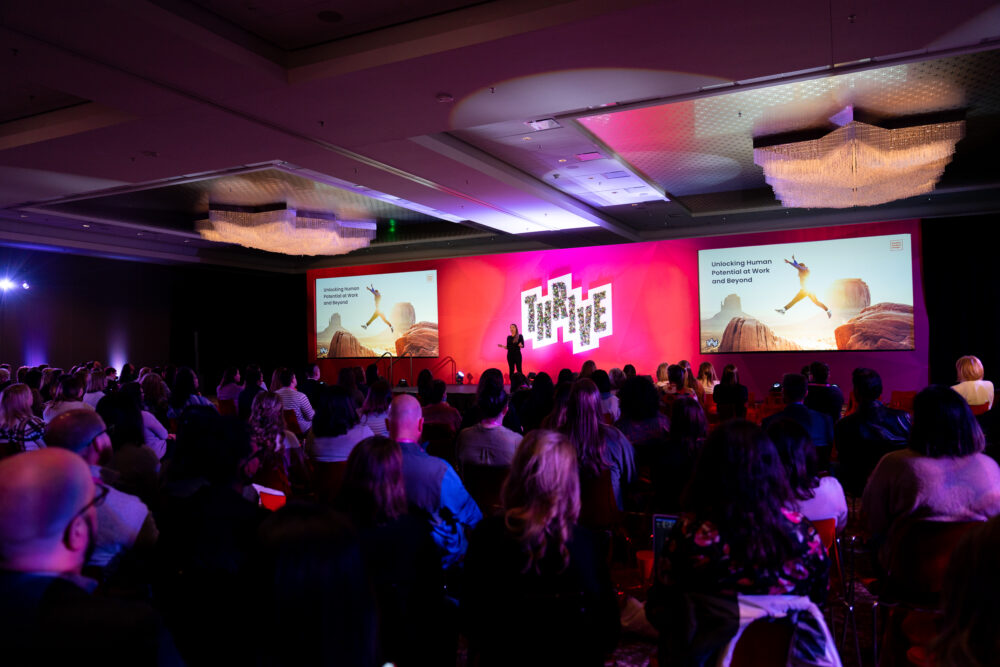
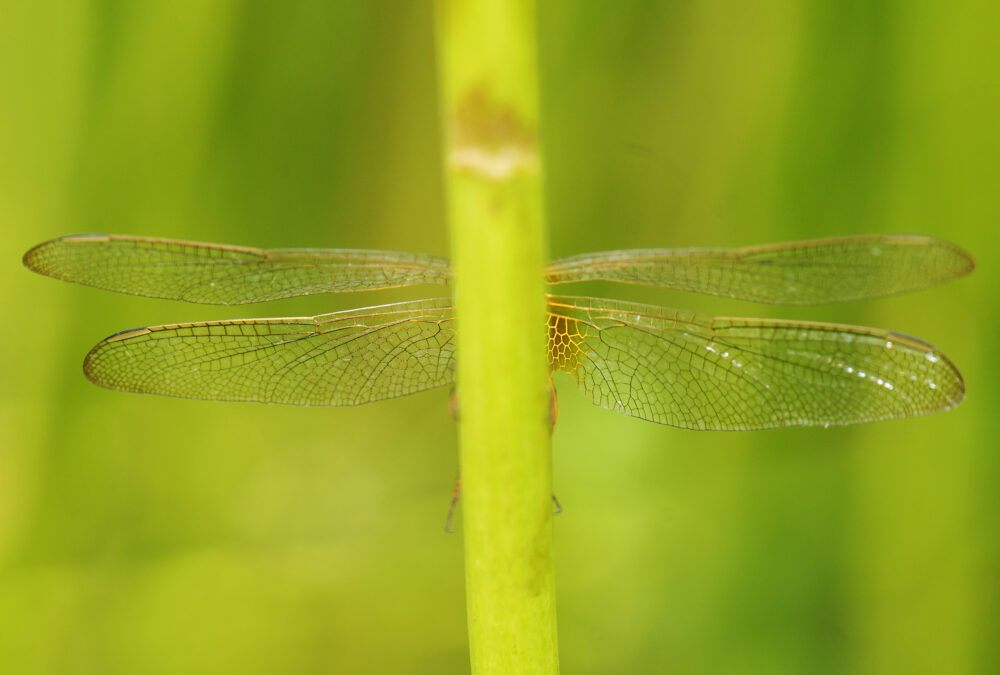
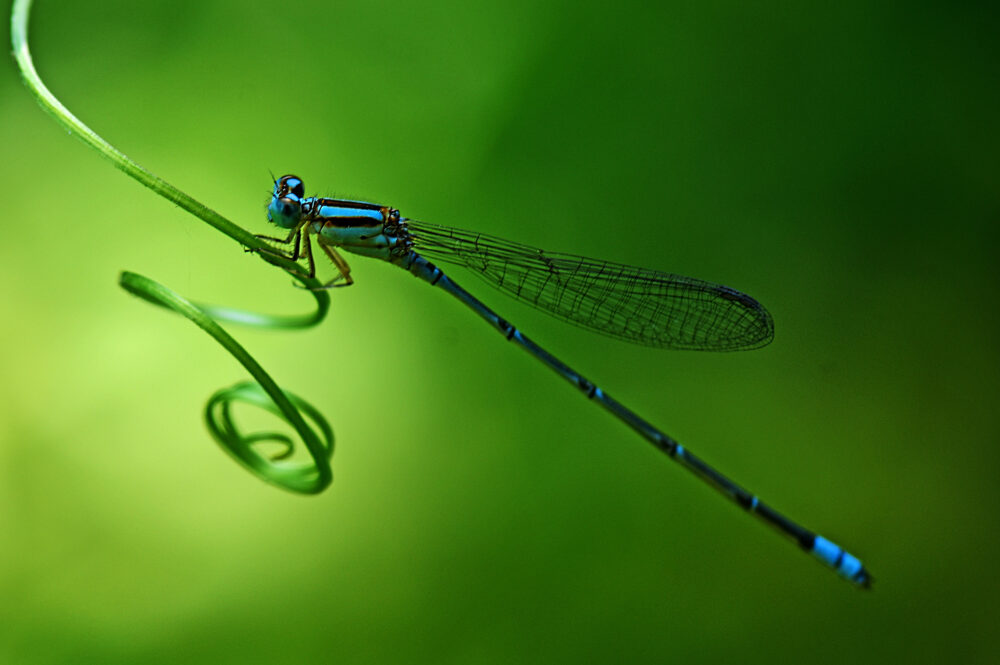
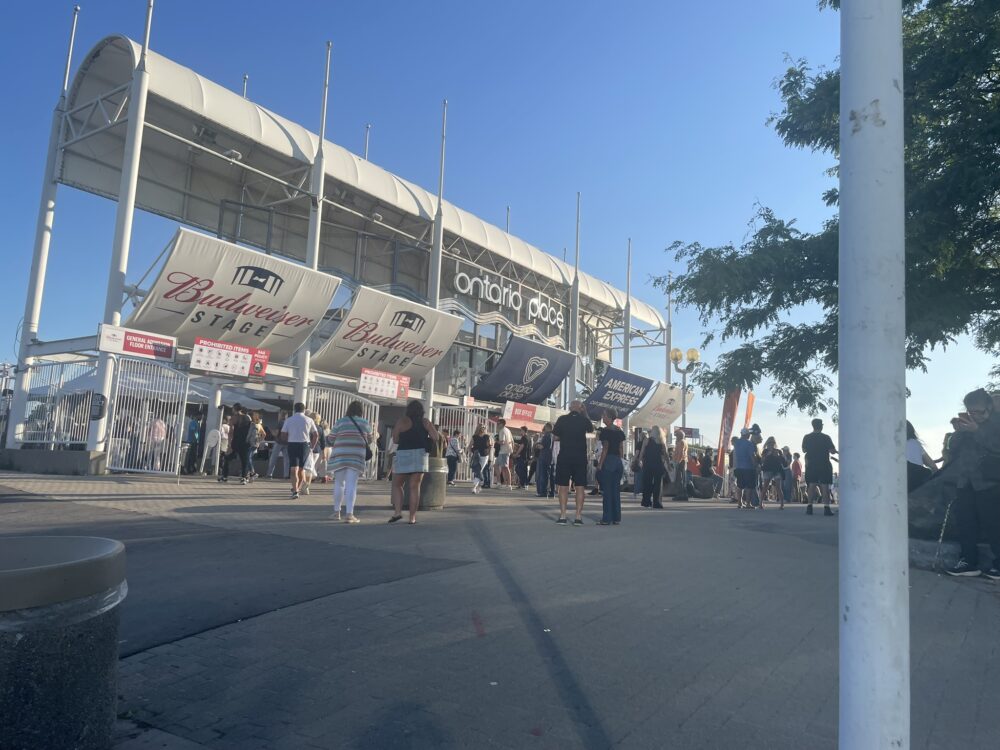
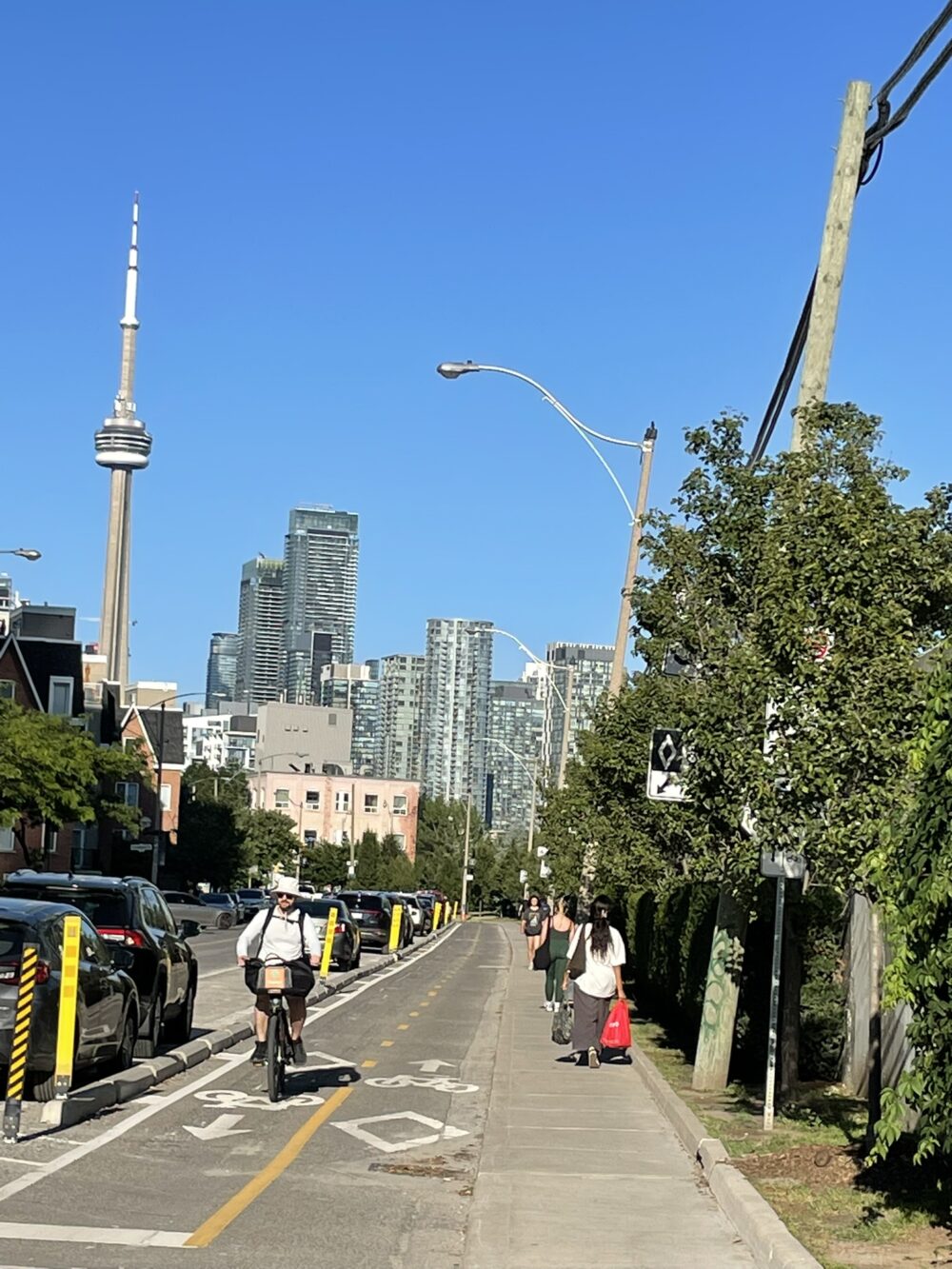
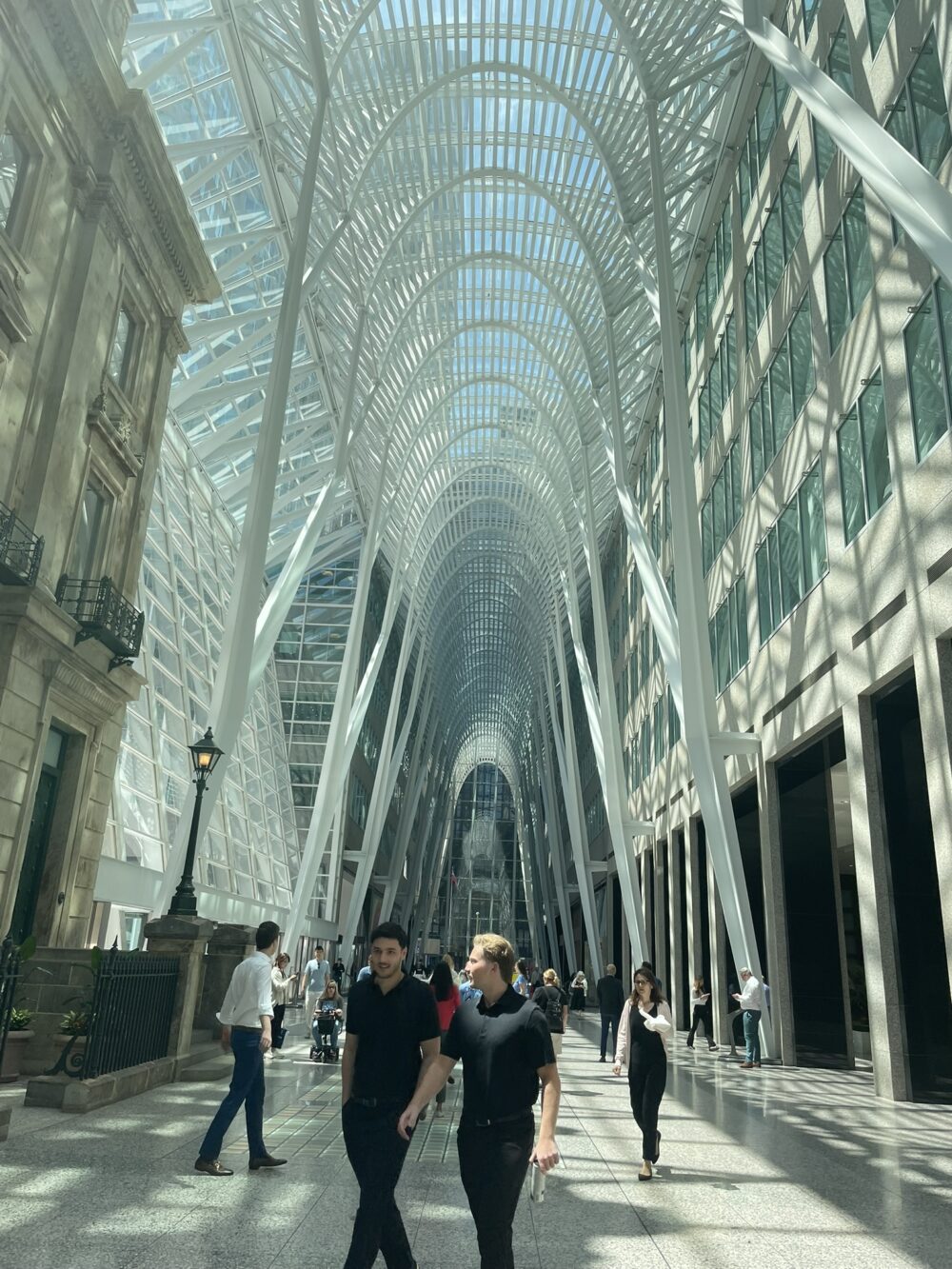
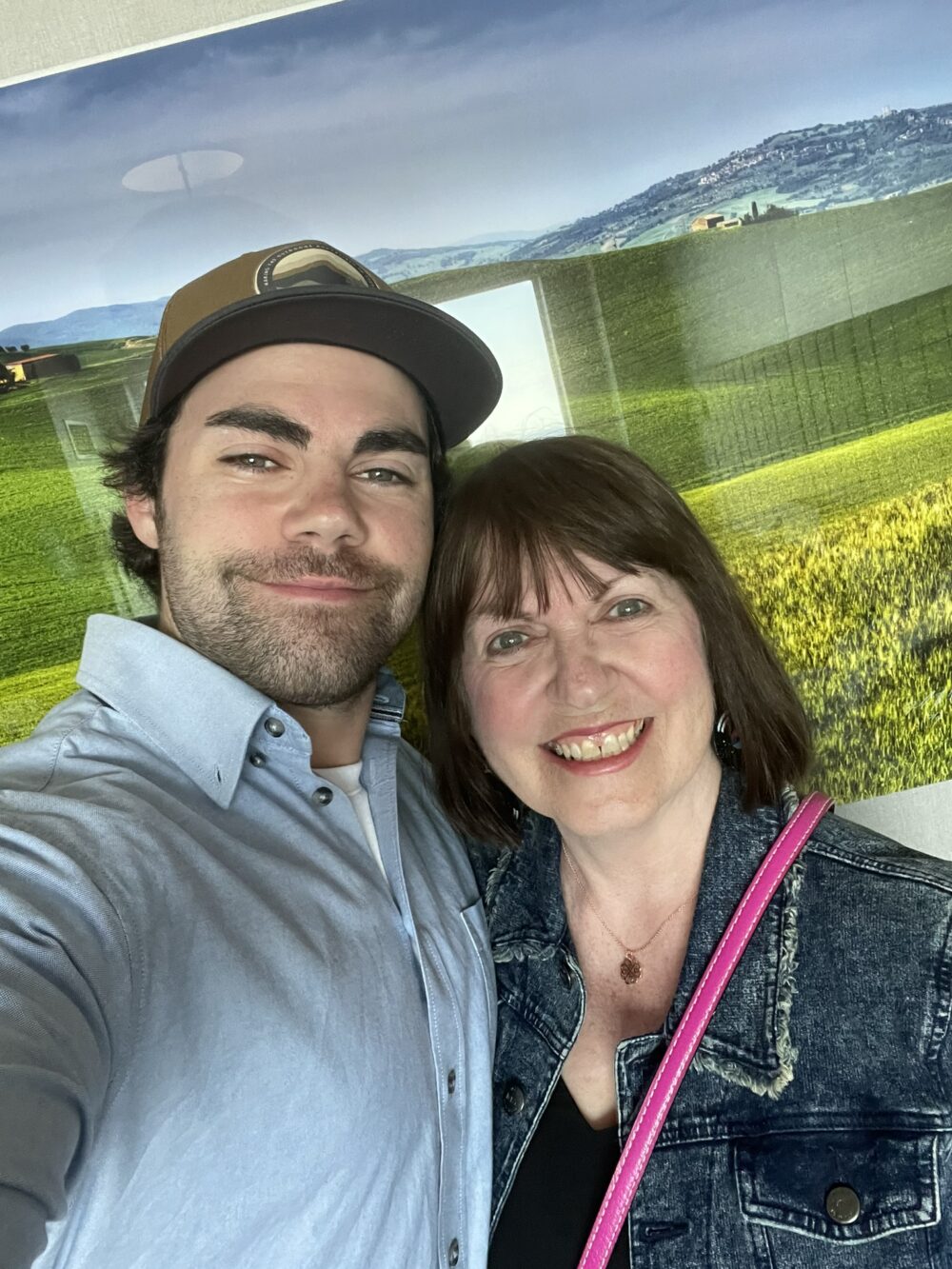
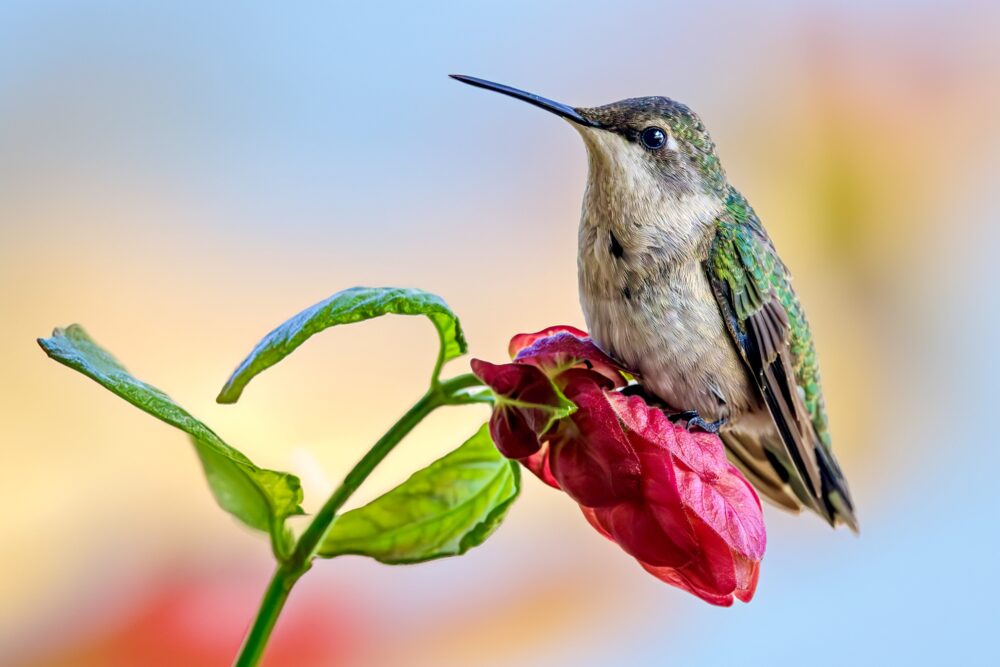
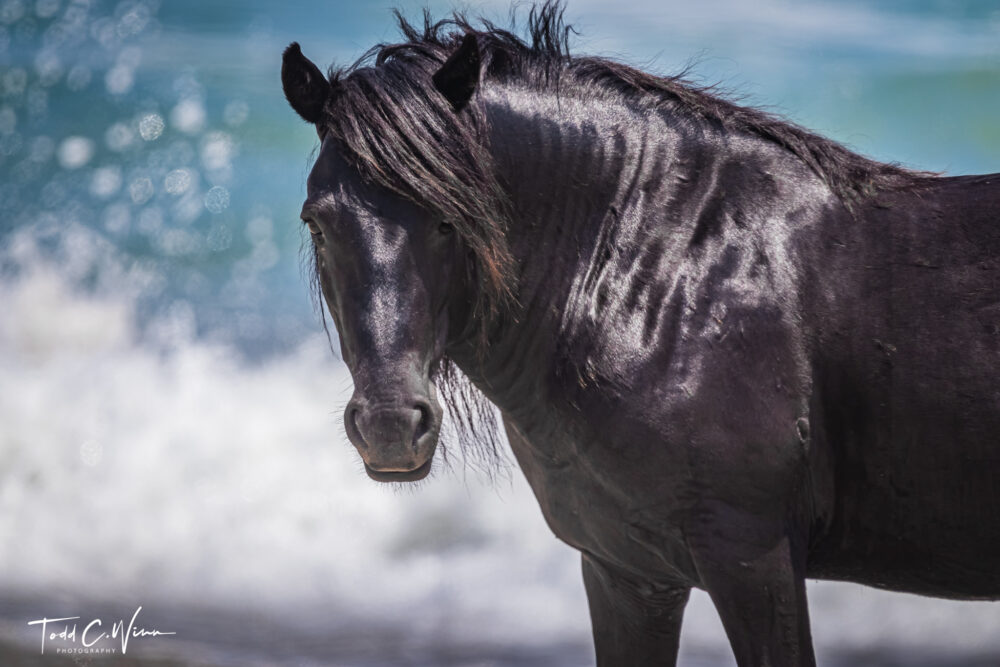
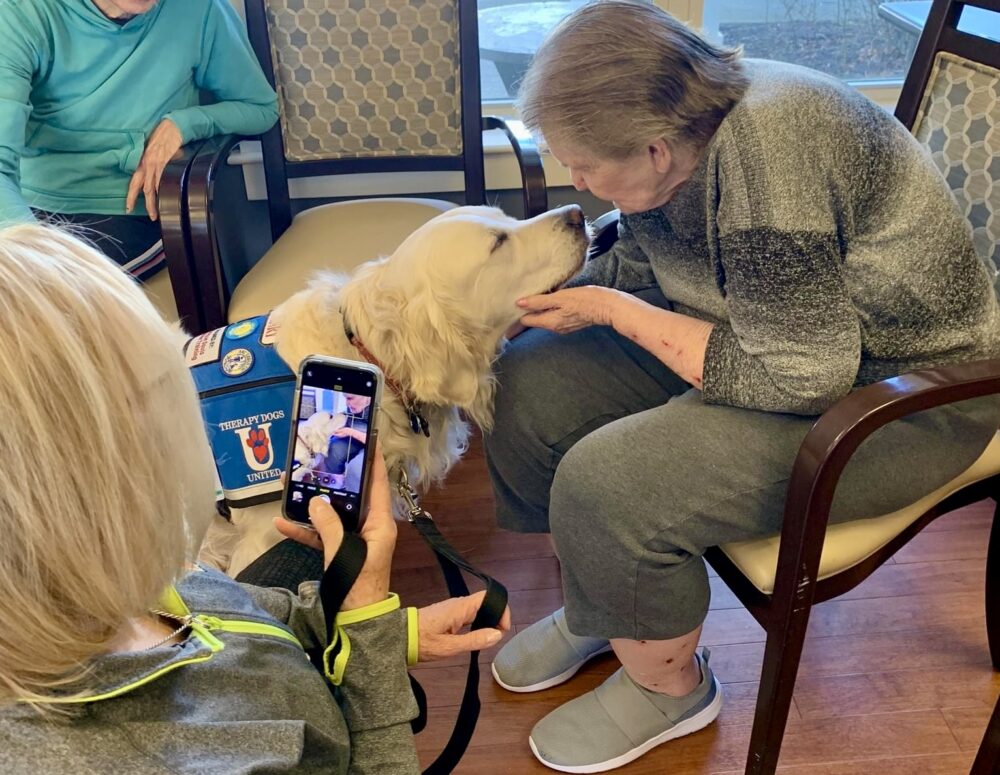
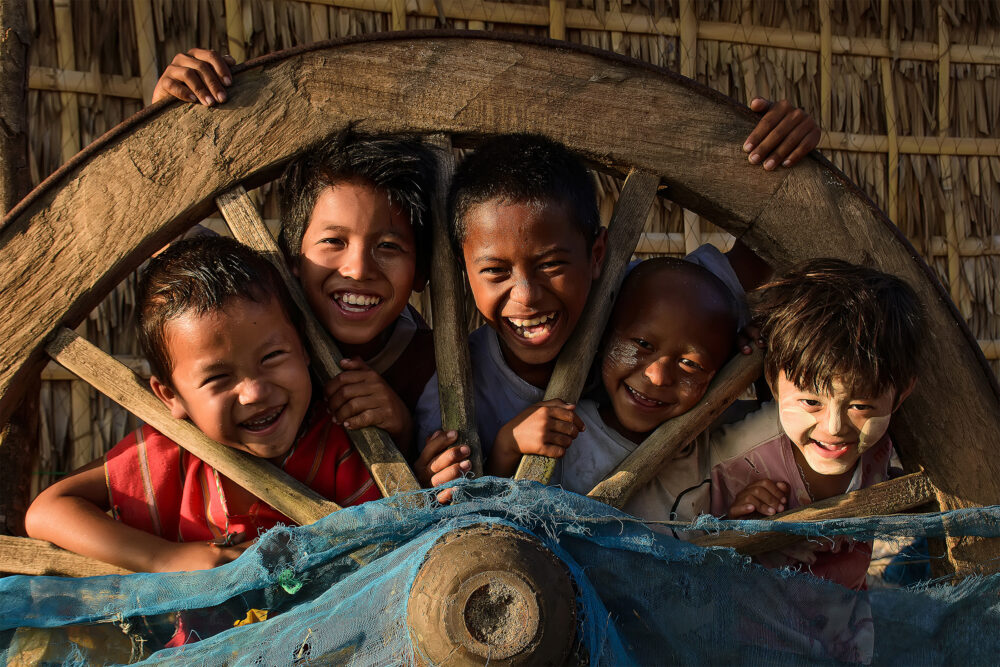
5 thoughts on “An Untold Story”
This is great, Alec.
Thanks. I love doing this. It’s coming together very nicely.
Alec-
I loved scrolling through the old photographs. What an elegant (if not egalitarian) time it was.
I look forward to seeing the contemporary photographs you have taken.
Keep ’em coming.
Your blog is wonderful.
I love the blog.